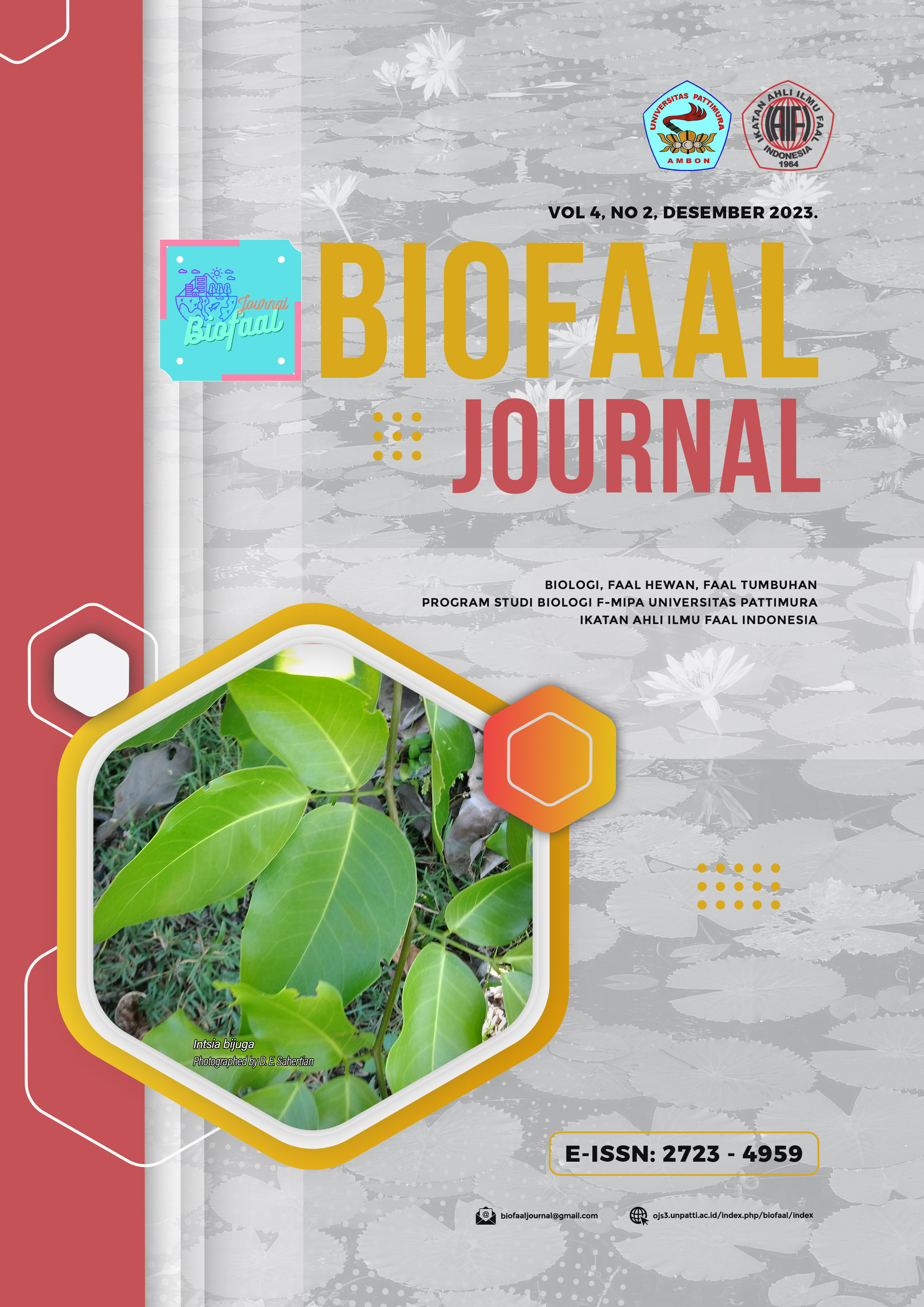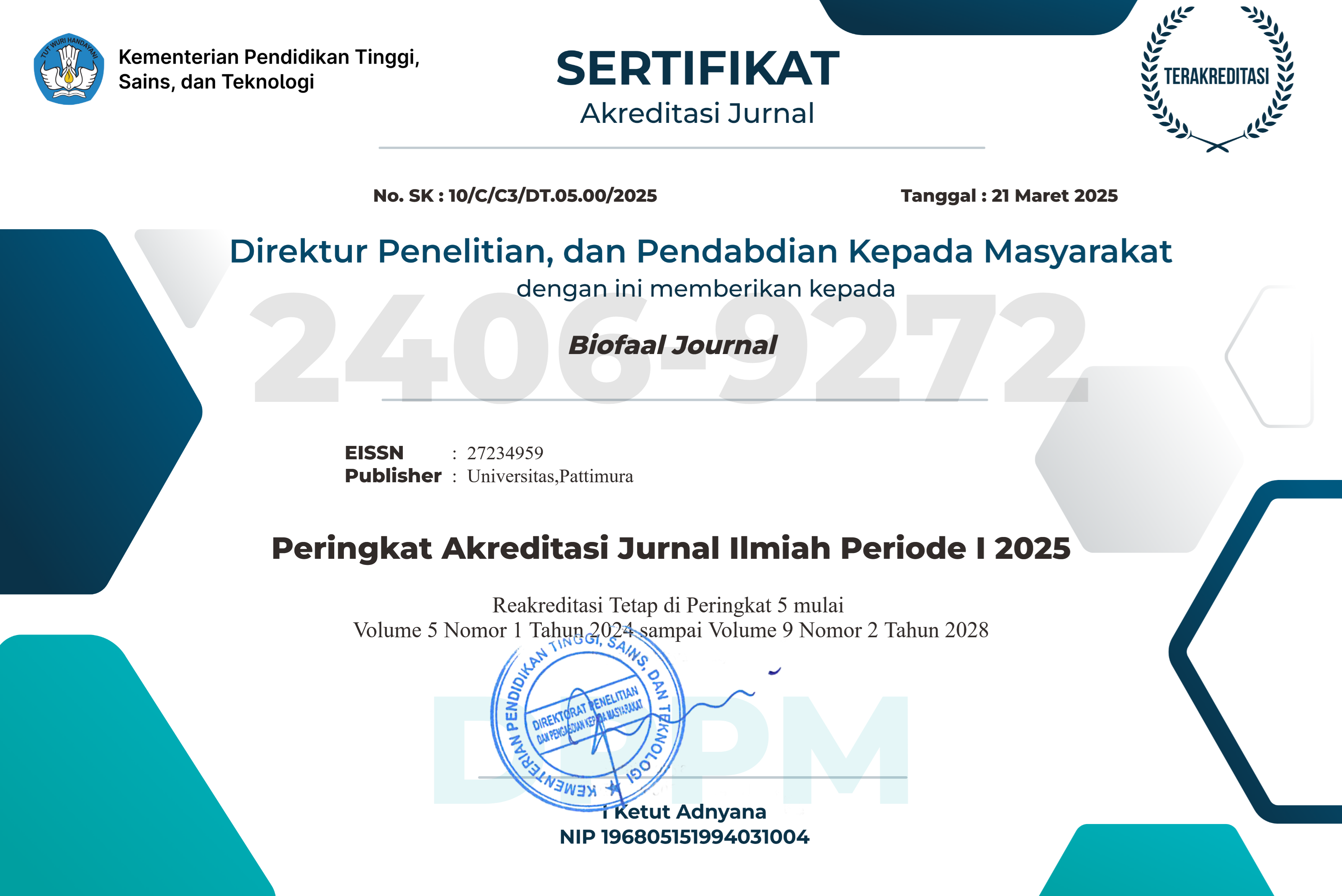TINJAUAN PUSTAKA: PEMANFAATAN TANAMAN BERKHASIAT ANTI AGING (ANTI PENUAAN) INDONESIA
Abstract
This study aims to determine the availability and quantity of literature regarding the use of antiaging plants obtained from the Google Scholar, Scopus, Pubmed and IPB Scientific Repository databases. The research design used is a literature review research design or literature review. Data collection techniques were carried out through literature searches on 4 different databases, namely: Google Scholar, Scopus, PubMed and IPB Scientific Repository. The results showed that there were 999 articles on the use of antiaging plants in the Google Scholar database, 200 articles on Scopus, 2,371 articles on PubMed, and 661 articles on the IPB Scientific Repository, bringing the total to 4,231 articles. After going through a complete process of screening and evaluating articles, 24 articles were obtained that met the search criteria. Based on the complete review process of the 24 articles, 24 types of plants were obtained that have the potential to be used as anti-aging, namely moringa, rosella flowers, shallots, purslane, green tea, nutmeg, arabica coffee, black soybeans, pagoda, patchouli, Dayak onions, potatoes, aloe vera, kaffir lime, yellow passion fruit, malaka, corn, raspberries, wungu, jernang rattan, pegagan, merbau, grapes, and pineapple.
Downloads
Copyright (c) 2023 Elisabet Putriana Sinurat, Diki Setya Diningrat

This work is licensed under a Creative Commons Attribution-NonCommercial-ShareAlike 4.0 International License.
1. Author retain copyright and grant the journal right of first publication with the work simultaneously licensed under a creative commons attribution license that allow others to share the work within an acknowledgement of the work’s authorship and initial publication of this journal.
2. Authors are able to enter into separate, additional contractual arrangementfor the non-exclusive distribution of the journal’s published version of the work (e.g. acknowledgement of its initial publication in this journal).
3. Authors are permitted and encouraged to post their work online(e.g. in institutional repositories or on their websites) prior to and during the submission process, as it can lead to productive exchanges, as well as earlier and greater citation of published works.








